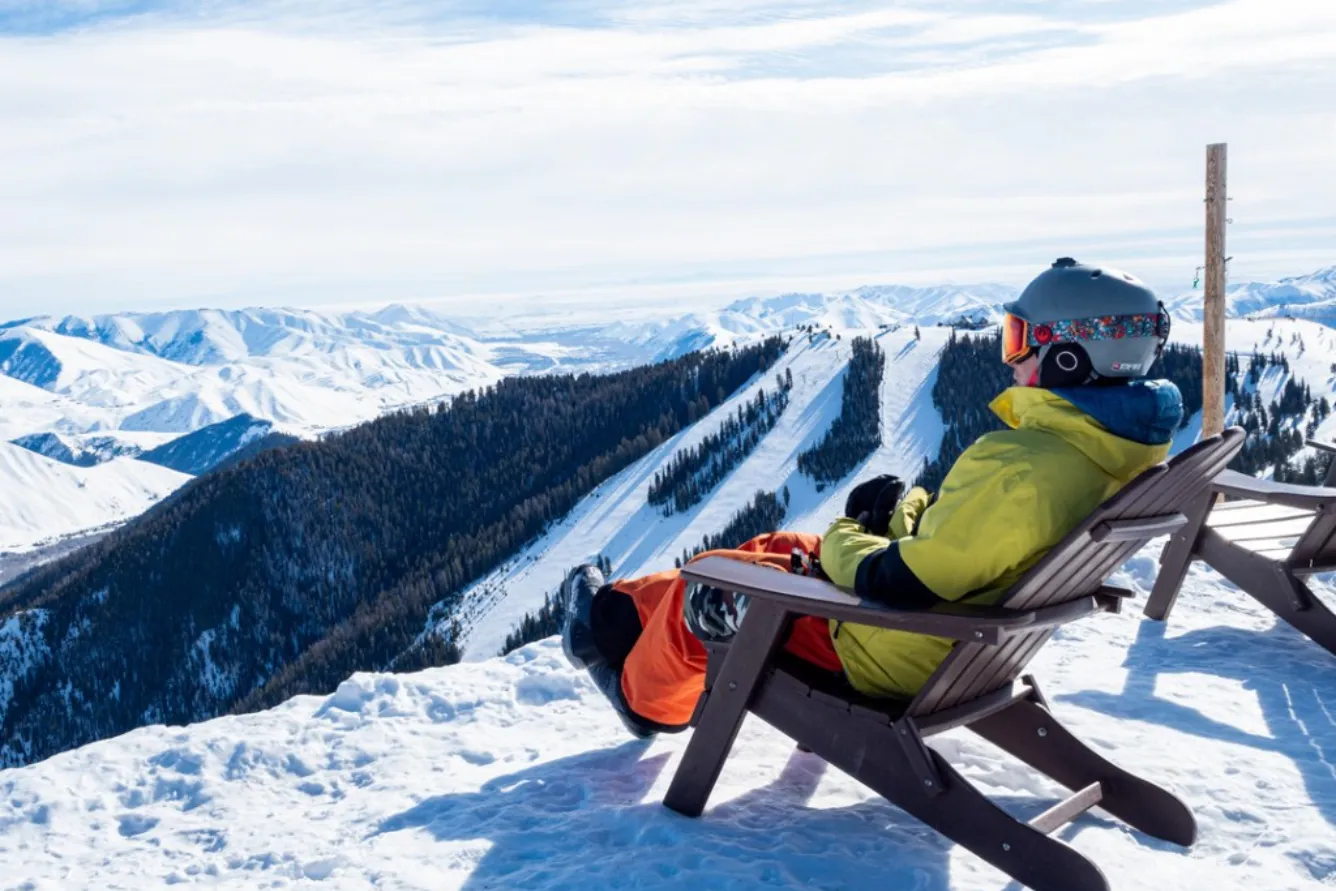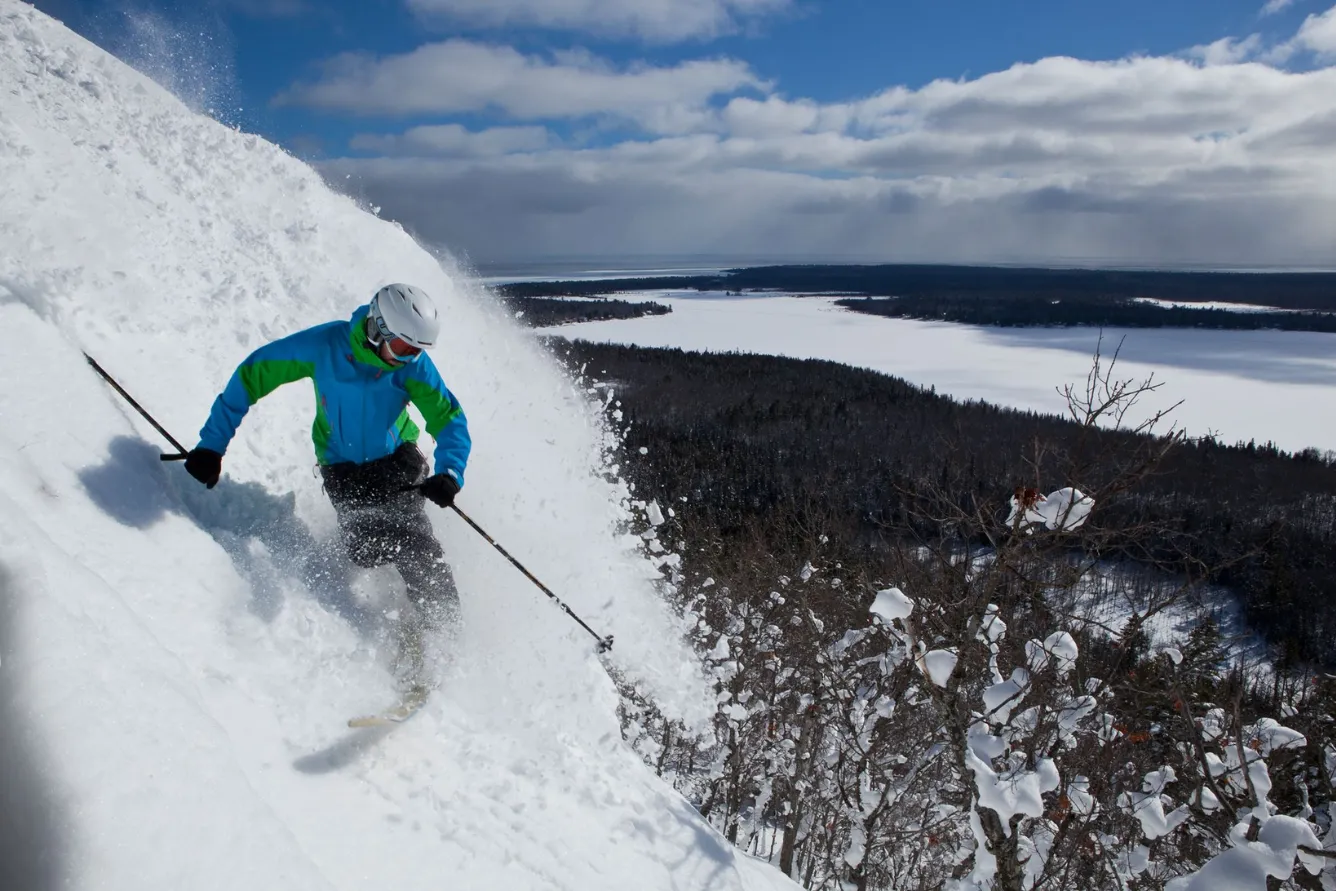Wyoming, with its raw beauty of the majestic Rocky Mountains and vast plains, is a paradise for trekking enthusiasts. However, a multi-day trek in this land demands thorough preparation to ensure safety and a fulfilling experience. This article will provide you with the most useful information and advice to prepare for a challenging yet incredibly memorable journey of exploring Wyoming.
I. Understanding Wyoming’s Terrain and Climate
Before embarking on any trekking trip, understanding the terrain and climate of your destination is crucial. Wyoming boasts diverse landscapes, from towering peaks to deep canyons and dense forests.
The climate in Wyoming can be unpredictable, especially in the mountains. Summers are typically warm during the day but can turn frigid at night. Winters are harsh with heavy snowfall and very low temperatures. Even in summer, you might encounter sudden storms or showers.
Grasping information about the terrain and climate will help you plan a suitable маршрут (route), choose the ideal trekking time, and prepare appropriate clothing and equipment.
II. Detailed Trekking Trip Planning
A detailed plan is key to a successful multi-day trekking trip. Here are the factors you need to consider when planning:
1. Choosing the Right Trekking Route
Wyoming has countless trekking routes with varying difficulty levels and landscapes. Research thoroughly and choose a route that matches your experience, fitness level, and preferences. Some popular trekking routes in Wyoming include:
- Teton Crest Trail: One of the most beautiful trekking routes in the United States, traversing Grand Teton National Park with majestic mountain scenery and crystal-clear lakes. This trail is about 72 km (45 miles) long and has a high difficulty level, suitable for experienced trekkers.
- Wind River Range: The Wind River Range is famous for its pristine wilderness, stunning alpine lakes, and impressive granite peaks. There are various trekking routes in this area, ranging from easy to difficult, suitable for different skill levels.
- Yellowstone National Park: Yellowstone National Park is not only famous for hot springs and wildlife but also has many attractive trekking trails. The Lone Star Geyser Trail and Fairy Falls Trail are excellent choices for beginners.

2. Determining Trekking Time
The best time to trek in Wyoming is from mid-June to early September when the weather is warm and there is less rain. However, keep in mind that high mountain areas may still have snow in early summer and late autumn.
If you want to experience the beautiful autumn scenery with brilliant golden leaves, late September and early October are also good options, but be prepared for colder weather and the possibility of snow.
Avoid trekking in Wyoming during winter if you lack experience and specialized equipment, as the weather is very harsh and dangerous.
3. Obtaining Permits If Necessary
Some trekking areas in Wyoming, especially national parks and nature reserves, require permits for overnight camping or day trekking. Check the information on the website of the management agency of the area you want to trek and obtain a permit in advance if needed.
Obtaining a permit is not just an administrative procedure but also helps management agencies control the number of trekkers, protect the environment, and ensure visitor safety.
4. Creating a Detailed Itinerary
After choosing a route and determining the trekking time, create a detailed itinerary for each day. The itinerary should include:
- Starting and ending points for each day.
- Distance and elevation gain to conquer each day.
- Estimated travel time.
- Camping locations (if trekking overnight).
- Rest stops and sightseeing points.
A detailed itinerary will help you allocate your energy appropriately, ensure progress, and enjoy your trek to the fullest. However, be flexible to adjust your itinerary if you encounter unexpected situations such as bad weather or health issues.
III. Preparing Trekking Equipment
Trekking equipment plays a crucial role in ensuring the safety, comfort, and success of your trip. Below is a list of essential equipment for a multi-day trek in Wyoming:
1. Backpack
A good quality trekking backpack is indispensable. Choose a backpack with a size suitable for the duration of your trek and the amount of gear you are carrying. A 60-75 liter backpack is usually suitable for a multi-day trek.
The backpack should have a good support system, be breathable, and have multiple compartments so you can organize your gear scientifically and easily access it when needed.
2. Tent
If you are trekking overnight, a tent is a safe and comfortable shelter. Choose a 4-season tent that can withstand wind, rain, and snow well. The tent should be spacious enough for the number of people in your group and lightweight for easy carrying.
3. Sleeping Bag
A sleeping bag helps keep your body warm during cold nights in the mountains. Choose a sleeping bag with a temperature rating appropriate for the expected weather conditions. Down sleeping bags are usually lighter and warmer than synthetic sleeping bags, but they are also more expensive.
4. Sleeping Pad
A sleeping pad helps insulate your body from the cold and damp ground, enhancing comfort and warmth while sleeping. There are many types of sleeping pads such as foam pads, air pads, and self-inflating pads, choose one that suits your preferences and budget.
5. Trekking Boots
Trekking boots are the most important piece of equipment to protect your feet on rough and rugged terrain. Choose high-cut boots that are waterproof, breathable, and have good grip. Try on your boots and break them in before your trip to avoid blisters.
6. Trekking Clothing
Trekking clothing needs to ensure the following factors: comfort, breathability, quick-drying, and good insulation. The principle of dressing for trekking is to wear layers (layering system) for easy adjustment to weather conditions.
- Base layer: Thermal underwear that wicks away sweat well (e.g., merino wool or synthetic materials).
- Mid layer: Insulating jacket (e.g., fleece jacket or down jacket).
- Outer layer: Windproof and waterproof jacket (e.g., Gore-Tex jacket).
In addition, you need to prepare trekking pants, shorts, t-shirts, hats, gloves, trekking socks, and a multi-functional bandana.
7. Cooking and Eating Utensils
If you are self-catering on your trek, prepare a mini stove, pot, bowls, chopsticks, spoons, knives, and water bottles. Bring enough dry food, snacks, and drinking water for the entire journey.
8. Flashlight or Headlamp
A flashlight or headlamp is essential for moving in the dark, setting up camp, and performing activities at night. Choose a light with strong batteries, sufficient brightness, and waterproof capability.
9. Map, Compass, or GPS Device
Navigation skills are extremely important when trekking in the wilderness. Bring a detailed map of the trekking area, a compass, and know how to use them. If possible, you can use a GPS device to locate and track your route.
10. First-aid Kit
A first-aid kit is a must-have item on any trekking trip. Prepare a full range of basic medical supplies such as bandages, antiseptic, pain relievers, anti-diarrheal medication, allergy medicine, and other personal medications.

11. Other Personal Items
In addition to the above equipment, you need to prepare other personal items such as:
- Sunscreen, sunglasses, and a wide-brimmed hat: Protect your skin and eyes from the harsh sun at high altitudes.
- Insect repellent: Prevent insect bites and infectious diseases.
- Toilet paper and personal hygiene items.
- Multi-tool: Useful in many different situations.
- Power bank or portable charger for electronic devices.
- Trash bags: Contribute to protecting the natural environment.
IV. Physical Fitness and Mental Preparation
Multi-day trekking requires good physical fitness and a resilient spirit. Start physical training before your trip at least a few weeks or months in advance. Suitable physical exercises include:
- Long-distance walking: Get used to walking on steep and rough terrain.
- Running: Enhance cardiovascular endurance and leg muscle strength.
- Gym workouts: Focus on exercises that strengthen your legs, back, and shoulders.
- Stair climbing: Simulate steep mountain terrain.
In addition, mentally prepare yourself to face the difficulties and challenges of the trek. Learn about potential hazards such as bad weather, wildlife, and accidents. Equip yourself with the necessary knowledge and skills to respond to emergency situations.
V. Safety During Trekking
Safety is always the top priority on any trekking trip. Here are some safety principles you need to follow:
- Trek in a group: Do not trek alone, especially in remote areas.
- Inform family or friends about your trekking itinerary.
- Monitor the weather forecast and prepare for all situations.
- Drink enough water and eat enough nutrients to maintain your health.
- Stay away from wildlife and do not feed them.
- Do not get lost and always stick to your planned route.
- Do not build campfires in fire-restricted areas or during dry weather.
- Carry a mobile phone or satellite communication device to contact in case of emergency.
- Know your limits and do not try to push beyond your capabilities.
- Respect nature and maintain environmental hygiene.
VI. Enjoying Your Wyoming Trekking Trip
After preparing thoroughly, be confident and ready to enjoy your multi-day trekking trip in Wyoming. This land will not disappoint you with its majestic, pristine natural beauty and unforgettable trekking experiences.
Immerse yourself in nature, explore stunning landscapes, challenge yourself, and create memorable moments on your Wyoming trekking journey. Wishing you a safe and successful trip!